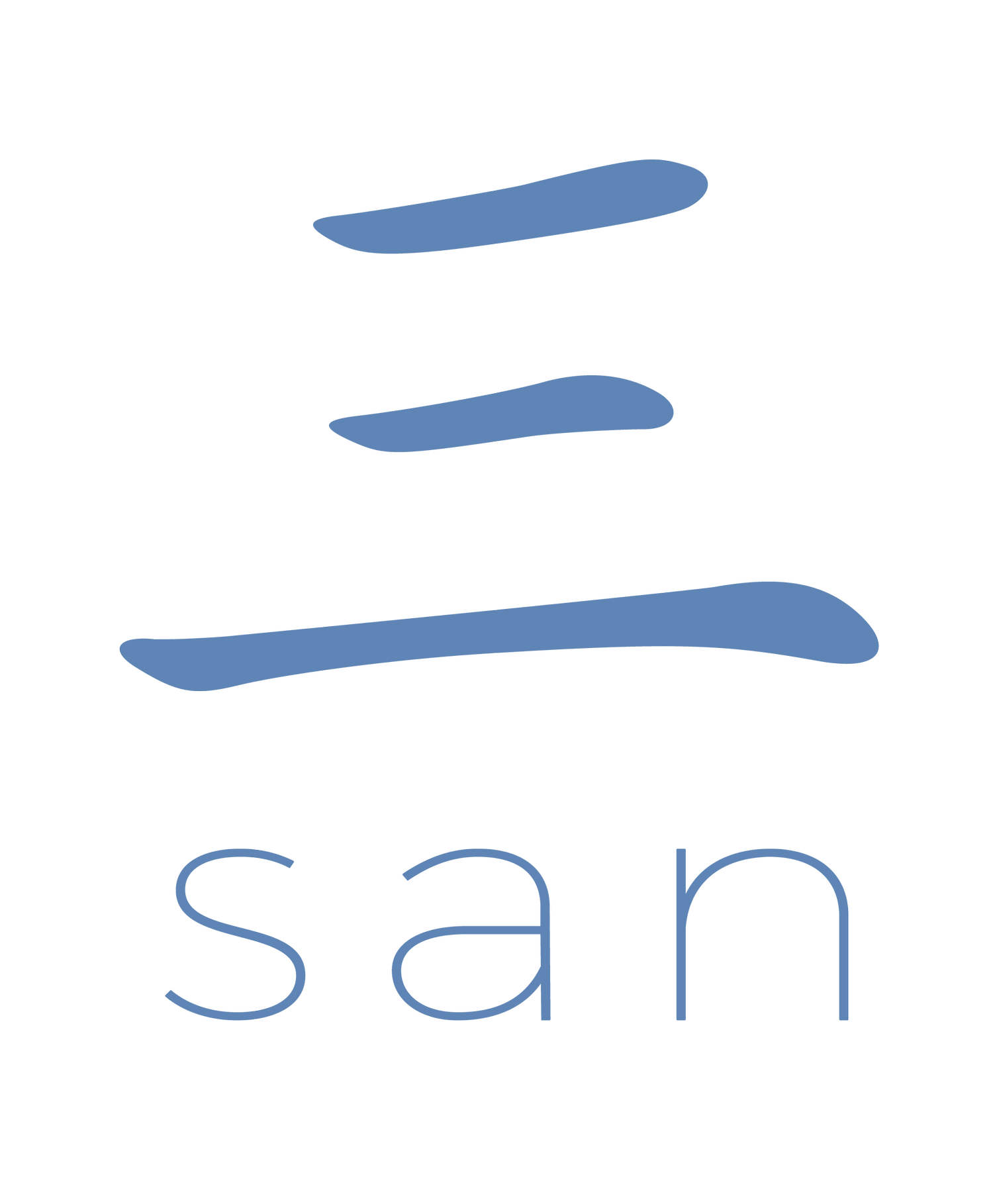Meet Us: Henry Claflin
In The Forest
I grew up in the forest. Every day after school, every weekend, exploring the woods and fields around my home in the northeast States. These memories flood back anytime I press my hand into soil or sit down and lean on an old tree for rest. I moved to the city in 2005 to find excitement—ideas, music, art, the drumbeats of human culture. After a few years in Montreal, and then Toronto, the distance from nature began to wear on me. I couldn’t leave the city, but I yearned for that physical connection to earth. What to do?
I followed a thread that began as a kid studying Zen seated meditation. This thread eventually took me to learn Tai Chi with one of the most exceptional people I have ever met, a man who opened the door for me to East Asian medicine.
There I found a philosophy of medicine, of healing, and of living, based entirely on harmony between humans and the natural environment they live in. It inspires me, guides me, renews me. I am deeply grateful to spend my life practising in this tradition. I believe that its teachings hold keys (not the only, but important ones) to navigating the global environmental and health crises we face today. It continues to teach me how to live with nature in any setting, and how to use this to treat disease and improve health in my patients.
Acupuncture, moxibustion, herbs, these are all simply tools to bring us back to a place where we are not severed from the natural world we came from.
Acupuncture & Moxibustion: A set of tools and a philosophy of health
Acupuncture uses very thin filiform needles as well as round-tipped massage tools that gently promote circulation in blood vessels, skin and muscles. Moxibustion is a treatment that uses heat, light, and essential oil to improve cell metabolism, reduce inflammation and support the body’s vitality.
Both techniques are used to re-establish healthy circulation in the channel system (jingluo 經絡)—pathways of interconnected tissues and blood and fluid circulation. This system is described in detail by scholar-physicians and natural scientists in the Chinese medical classics. Over generations, they carefully observed their practice and tested their theories, passing on to us a reliable framework for understanding and treating our bodies and minds.
The philosophy of health in these classical texts is tied to the movements of the natural world. All living things respond what’s going on in nature at different times of day or night, and different times of year. Accepting that we are not really so different from all the other things living on this planet, we can begin to follow these natural cycles, and thereby improve our health and wellbeing.
In the acupuncture clinic, I draw on the practices and guidance of Eastern medicine, striving to bring its long history of accumulated clinical experience into each session. With an holistic and individualized approach, I seek to find the root of imbalance and help others find balance within themselves and with their social and physical environments.
Clinical Education
I graduated from the Institute of Traditional Medicine in 2013 with a Diploma of Acupuncture and Eastern Medicine, covering over 3,500 hours of training in acupuncture, herbology, tui na medical massage, holistic nutrition, and biomedical sciences.
During my training, I completed internships and clinical placements in fertility, cancer care and HIV/AIDS support. In 2014, I moved to China to pursue a one-year internship with Dr. Wang Ju-yi, founder and director of the Applied Channel Theory Research Center. While I spent invaluable time learning from Dr. Wang, I also studied closely with two of his apprentices, who themselves were very talented and experienced acupuncturists and brought additional texture to the teachings.
Since returning to Canada, I have been learning to read Classical Chinese and studying the 2,000 year old medical and philosophical texts that are the foundation of this medicine. An important part of this study is in paying closer attention to the natural environment we live in. Watching how the shifts in climate and plant life resonate in and with my body.
I hope that this study will benefit my patients by bringing all of us closer to more rhythmic, harmonious lives with less resistance, less suffering and more joy.
Martial Arts & Mindfulness
I practice and teach Tai Ji Quan (also written as “Tai Chi”), an internal martial art and a practice of mindful movement. A Chinese phrase that means “Supreme Ultimate Boxing”, Tai Ji Quan exercises every part of a person. It engages your body as well as your intellect, instincts and emotions. After a half-hour practice, you feel refreshed and relaxed, able to engage with the world from a place of inner stillness. Occasionally, there is some extra stuckness that requires one or more additional exercises, qi gong, or seated meditation. These exercises support Tai Ji practice by releasing stubborn tension and training specific elements of movement and awareness that may need more attention.
Since 2009, I have studied with Sifu Paul McCaughey, master teacher and founder of the Rising Sun School of Tai Chi Chuan. In 2012, I became an apprentice and instructor at Rising Sun. I have taught classes for the Toronto District School Board, Classical Theatre Project, People With AIDS Foundation, and the Ontario HIV Treatment Network Conference. In China, I studied martial arts, qi gong and tui na with masters in Beijing and at the famous Wudang Mountain, the birthplace of Daoism.
Tai Ji Quan is the ground upon which my being grows. There are no words to really describe its influence or depth. I hope only that I can live up to my teacher’s example and honour him and his teacher and many people who dedicated their lives to ensuring that this art would extend through time to reach us today.

